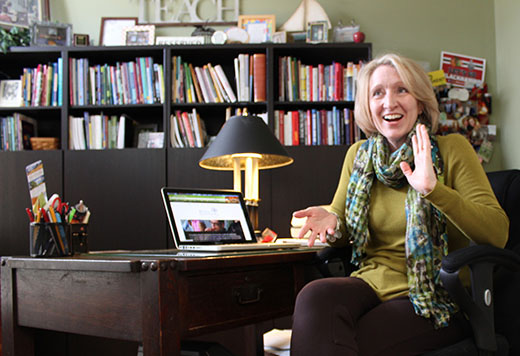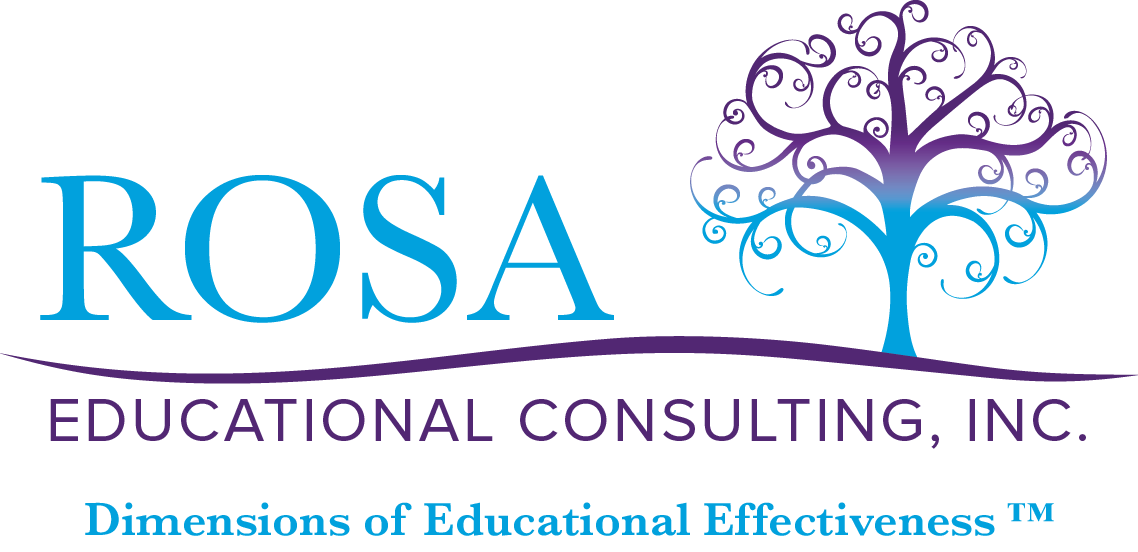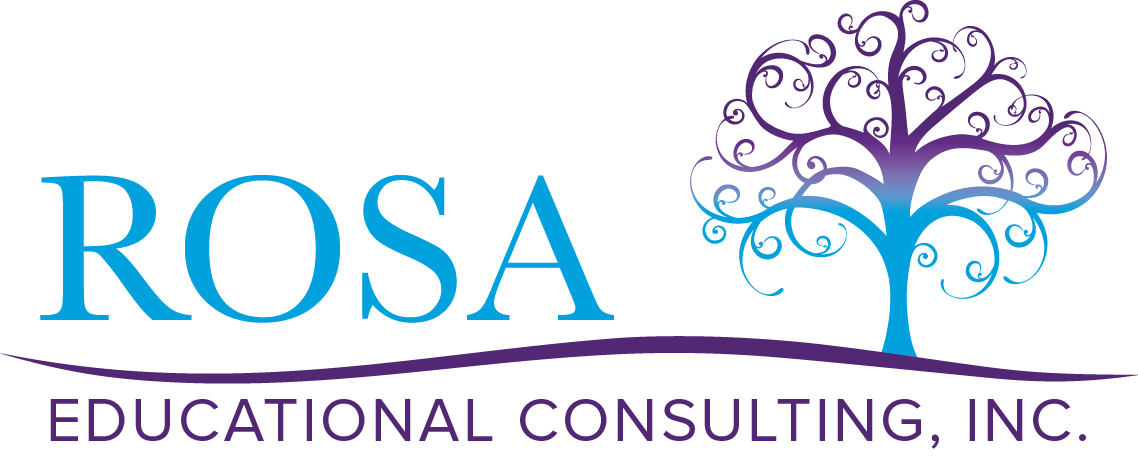
In an interesting Education Week article, Stephen Sawchuk reported WIDE disparity between teachers and administrators/professional development leaders’ perceptions of job-embedded learning approaches. In the research study that surveyed 1,300 teachers, principals, PD directors, and providers as well as conducted individual interviews and focus group discussions, the following was discovered:
Teachers’ net satisfaction with various PD activities:
- Courses +22
- Conferences +5
- Lesson observation 0
- Coaching -6
- Intensive summer training -9
- Self-guided professional development -10
- Workshops -26
- Professional learning communities -45
Principals and district PD leaders’ views on which PD should have more or less investment:
- Courses +25
- Conferences +18
- Lesson observation +84
- Coaching +82
- Intensive summer training +57
- Self-guided professional development +45
- Workshops +22
- Professional learning communities +74
My initial thought after reading the first part of the research was “Wow! Teachers and administrators are miles apart on what they want for professional learning.” But the initial survey numbers are really only half of the story. As I dug deeper into the research findings, I learned something even more important. The disparity between teachers and administrators thinking does not come so much from teachers not valuing coaching, lesson observation, or professional learning communities but instead from “the execution of such activities—too often, professional learning community time turns into ‘social hour,’ coaching is viewed as administrative monitoring, and lesson observation is superficial.” So WHY the professional development was needed and HOW the learning support was implemented was just as important as WHAT was done for building teacher buy-in and commitment to job-embedded professional practices.
So what implications does this research have for schools districts and educational organizations?
First, this research seems to confirm that teachers need to know the “why” before the “what and how”. The “whys” share the thinking behind the changes to the core curriculum, instructional
practices, behavior expectations, or assessment shifts. As educational leaders, we often jump to the “fix it” stage of professional development, forgetting to first confirm the data, policies, and priorities that drove the need for change in the first place. One of my colleagues consistently shares, “If you get the relationship right and the communication right, the rest will come”. I so agree. Sharing the “why” first and foremost, is all about supporting understanding through communication: no gotcha’s but instead clear, ongoing, data-driven discussions about the needs and focus of the shared professional work. The “why” is also not a one and done conversation.
As change is implemented and challenges arise, we need to come back to “why” this work is important and continue to re-connect to what we are focused on together. It goes back to the first principle of change theory: Constancy of purpose. To have sustainable purpose and commitments, districts and schools must have ongoing, collective understanding of the “why” of the professional work.
Based on commonly confirmed areas of professional learning, the “what and how” of educational practice needs to be supported through levels of choice and flexibility. One of the reasons that teachers in the survey rated coursework and conferences with higher satisfaction was both provided choice and different types of adult learning modalities. This means that facilitators of professional learning, both administration and teacher leadership, must purposefully provide linkages between the curriculum, teaching expectations, AND professional learning approaches through varying, ongoing degrees of support. The “one shot wonder” workshops should be considered educational folklore that have been replaced with targeted, teacher-supported collaborative learning around common content priorities and teaching practices. Linda Darling-Hammond’s research on the keys to effective job-embedded professional learning advocates for
- Authentic Professional Learning Communities that have as a primary purpose to learn in a focused way how to strengthen, refine, or expand its members’ practice and the effects of their practice on student learning; a possible professional learning approach could include Professional Learning Rounds
- Purposeful links between curriculum, instruction, assessment, and learning culture embedded into professional learning for high-student achievement; differentiated professional learning approaches could include The Worth-it-ness Factor: High-Leverage Learning and Commitment, The Soft Skills of Student Engagement: Learning Culture and Classroom Management, Instructional Pathways for Student Intellectual Engagement, or Formative Assessment as a Daily Guide to Student Learning
- Personalized learning through targeted teaching support and ongoing coaching for individual and collaborative groups of educators to receive purposeful feedback based on teaching and student data, learning-focused conversations and differentiated supports; a possible professional learning approach is Coaching Counts modules
- Sustained, active teacher learning that is aligned with the school’s organizational and student-learning priorities. It may surprise you that studies have suggested that professional development needs to be sustained over time and include a substantial number of contact hours on a single professional development focus (averaging 49 hours in one multi-study review and to close to 100 in another) for results to increase student learning. These studies also reveal that teachers nationwide have had fewer opportunities to engage in sustained professional learning opportunities in recent years. Teachers were also half as likely to report collaborative efforts in their schools than had been reported in previous studies.
So the essential question for measuring job-embedded professional learning effectiveness is this:
Do you work in an environment that embeds professional learning as an ongoing, customized approach to continuous student improvement OR as a gathering of professionals who conduct routine work to “get the job done”? The answer makes all the difference to student learning success! Weigh in…I can’t wait to hear your thoughts!


Comments